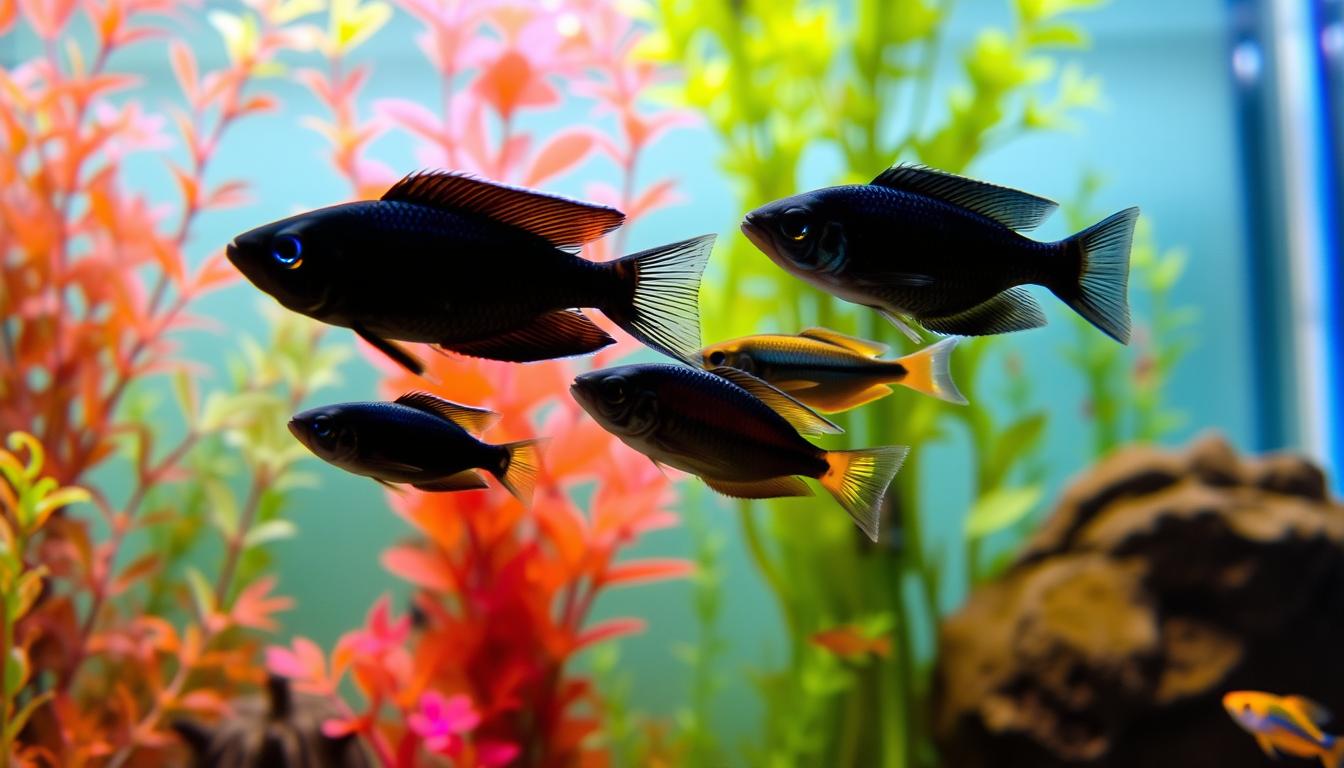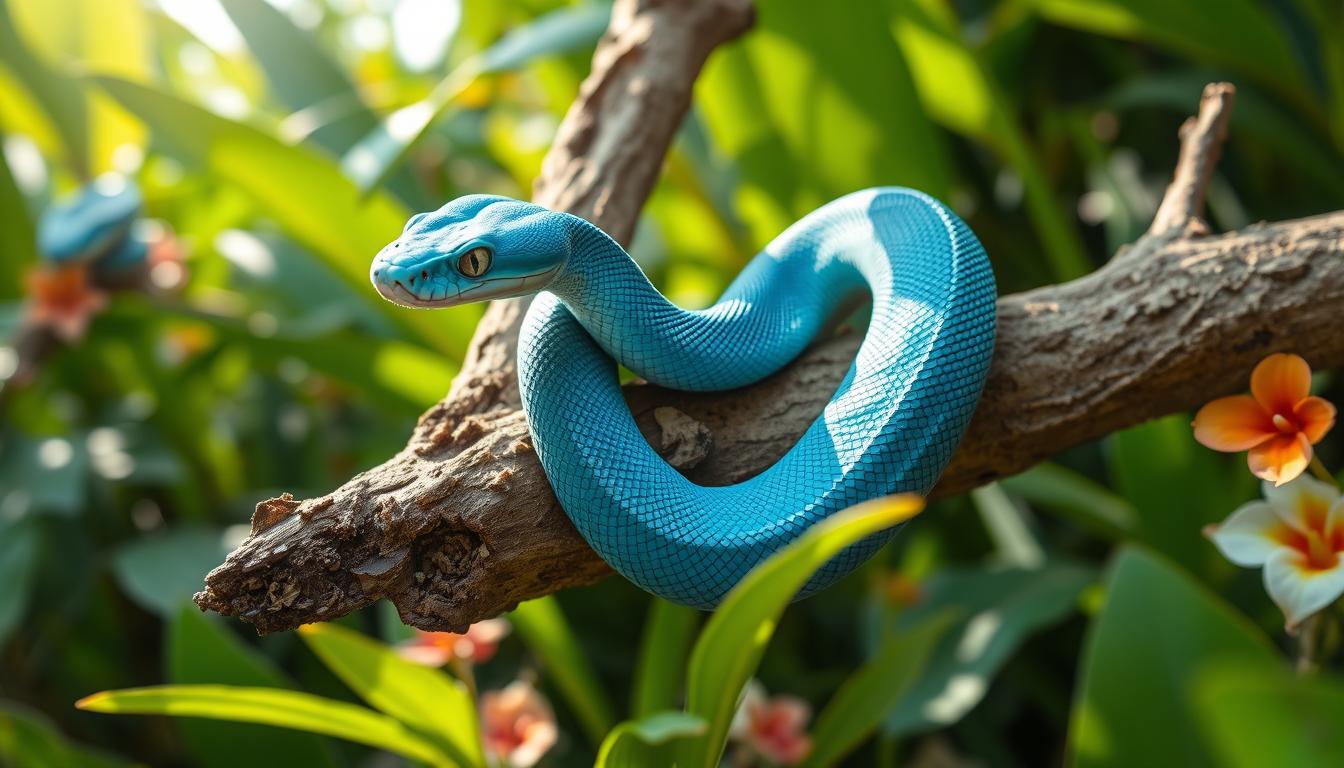Chocolate Yorkie: A Guide to This Rare Pup Color

Did you know that the stunning chocolate coat of a Chocolate Yorkie comes from a rare gene? This makes them one of the rarest colors in the Yorkshire Terrier breed. Their unique look sets them apart and makes them very popular among dog lovers.
The chocolate yorkie, also known as the chocolate Yorkshire terrier, wins hearts with its playful nature and beautiful looks. In this guide, we’ll dive into what makes this rare chocolate yorkie special. We’ll cover health, grooming, and training tips. This will help you decide if this adorable breed is right for you.
Key Takeaways
- The chocolate color in Yorkies is a result of a recessive gene mutation.
- Chocolate Yorkies are not recognized by the AKC breed standard as a non-standard color.
- These pups require specialized grooming to maintain their unique brown coat.
- Understanding the common health issues in chocolate Yorkies can lead to better care.
- Training Chocolate Yorkies effectively hinges on using positive reinforcement techniques.
- The rarity of chocolate Yorkies also reflects in their potential financial investment.
- Getting organized on what to expect with puppy care is essential when considering a chocolate Yorkie.
Understanding Chocolate Yorkies
Chocolate Yorkies are special within the Yorkshire Terrier breed because of their unique coat color. Defining chocolate yorkie means they are a rare color variation. They have solid brown coats with tan markings. This color comes from a specific gene that affects melanin production.
Both parents must have this gene for a Chocolate Yorkie to be born. These dogs, recognized by the AKC, are rare and charming. They are highly sought after by dog lovers1.
Defining the Chocolate Yorkie
The traditional Yorkshire Terrier is usually blue and tan. However, puppies are born black and tan before they mature2. Chocolate Yorkies, on the other hand, keep their brown color throughout their lives.
This color comes from specific breeding practices that focus on this recessive trait. Over time, these Yorkies have gained recognition. But their lineage is still less common because of historical practices that reduced the gene pool for chocolate varieties1.
The Genetics Behind the Color
To understand chocolate yorkie genetics, we need to look at how color is passed down through generations. A Chocolate Yorkie needs two copies of the recessive gene for this color from its parents. This color came from crossbreeding Black and Tan Terriers with Waterside Terriers12.
Chocolate and brown colors are rare in the breed, along with white and Parti colors3. Knowing about these genetic factors is important if you’re thinking of getting a Chocolate Yorkie.
Chocolate Yorkie Vs. Traditional Yorkie Colors
Chocolate Yorkies stand out from traditional Yorkies with their visual differences. Traditional Yorkies have blue and tan coats. Chocolate Yorkies, on the other hand, have a beautiful brown color. This unique color comes from a special gene, making them rare and sought after2.Learn more about Yorkie colors.
Visual Differences
The brown coat of a Chocolate Yorkie makes them visually appealing. Unlike blue and tan Yorkies, their brown coat is rich and eye-catching. This makes them stand out among the many colors recognized by the American Kennel Club (AKC)3.
Popularity and Rarity
Chocolate Yorkies are rare, which makes them very popular. While traditional Yorkies are common, Chocolate Yorkies are not. They are not officially recognized by the AKC but are still highly sought after2. Their rarity makes them a special and cherished pet3.
Yorkshire Terrier Breed Overview
The Yorkshire Terrier is a favorite breed known for its unique traits and lively spirit. Learning about the yorkshire terrier origin reveals the breed’s history and standards set by groups like the American Kennel Club (AKC). This part looks into the Yorkshire Terrier’s beginnings and its place in the dog world.
Origin of the Yorkshire Terrier
The Yorkshire Terrier comes from the 19th century in Yorkshire, England. It was bred to control pests in textile mills. Males and females weigh 4-7 pounds and are 6-7 inches tall, with some variation.
The breed first appeared at a British show in 1861. The first Yorkshire Terrier born in the USA was in 18724.
Breed Standard and AKC Recognition
The AKC puts the Yorkshire Terrier in Group 6, with other Terrier breeds4. The breed standard calls for a healthy body, alert look, and 42 clean, white teeth4. Even though there’s interest in akc recognition chocolate yorkie, they’re not fully recognized by AKC yet.
They must meet size and coat color standards that match traditional Yorkies. Despite this, they’re loved for their loving nature and family involvement5.
Health and Care

Caring for a Chocolate Yorkie means knowing about common health issues and how to manage them. They need regular grooming, a balanced diet, and watch out for breed-specific health risks.
Common Health Issues in Chocolate Yorkies
Chocolate Yorkies face health challenges. They share genetic health problems with other Yorkshire Terriers, like patellar luxation and tracheal collapse. Patellar luxation can need surgery or no treatment at all6.
These dogs also risk heart defects, like patent ductus arteriosus, which is dangerous6. Regular vet visits are key to catch these issues early and treat them quickly.
Grooming and Maintenance
Grooming is crucial for your Chocolate Yorkie’s health. They need daily brushing to avoid mats and tangles. Skipping grooming can lead to skin and dental problems, especially for small breeds like Yorkies6.
They should get regular baths but too much can dry out their skin. Aim for baths every few weeks and watch their skin closely.
Diet and Nutrition
A good diet is essential for your Chocolate Yorkie’s health. Choose high-quality kibble made for small breeds. Use small kibble to protect their teeth. Treats should not make up more than 10% of their daily calories to avoid obesity6.
Keep an eye on their weight and adjust their food as needed. This will help them stay healthy and strong.
| Common Issues | Symptoms | Treatment Options |
|---|---|---|
| Patellar Luxation | Limps, difficulty jumping | Physical therapy, surgery |
| Tracheal Collapse | Coughing, difficulty breathing | Medication, surgical intervention |
| Dental Disease | Bad breath, swollen gums | Regular dental cleanings, special diets |
| Heart Defects | Fatigue, coughing | Medications, surgery |
Being proactive about your Chocolate Yorkie’s health can make their life happy and fulfilling. Regular vet visits and a good diet will greatly improve their quality of life6.
Behavior and Training
Understanding the chocolate yorkie temperament is key for training. Chocolate Yorkies are loving but also full of energy. They can be stubborn, making training a must.
Start socializing them early to help them behave well and reduce anxiety.
Temperament and Personality
Chocolate Yorkies are lively and friendly, showing a playful spirit. They are loyal and bond strongly with their families. Without training, they might get anxious when left alone.
Exposing them to different places and people helps shape their personality.
Training Tips for Chocolate Yorkies
Training a chocolate yorkie requires patience and consistency. Use treats and praise to encourage good behavior. Clicker training helps them learn commands well.
Here are some tips to improve your training:
- Begin with simple commands like sit, stay, and come.
- Train in short, frequent sessions.
- Introduce them to various people and pets.
- Keep in mind their small size when training.
With the right effort, you can raise a well-behaved Chocolate Yorkie. Their intelligence and love make for a rewarding bond. Training them regularly, in short sessions, keeps them focused and eager to learn.
Breeding Chocolate Yorkies

When you’re looking to get a Chocolate Yorkie, there are important things to know. First, finding a good breeder is key. They focus on keeping puppies healthy and happy. This makes them a great choice for new owners.
Look for breeders who care about ethics and know a lot about health and genetics. Yorkshire Terriers can have certain health issues, so it’s important to choose wisely.
Finding Reputable Breeders
A good breeder will tell you all about their methods, health promises, and puppy history. Ask them about the dogs’ family, health checks, and where they live. Meeting breeders and puppies in person can help build trust.
It’s also a chance to see how big the Chocolate Yorkie community is. This breed is getting more popular, so there’s a lot of support out there.
Cost and Considerations for Potential Owners
The price of a Chocolate Yorkie can change a lot. It depends on the breeder, where they are, and how many people want them. You’ll likely spend a lot of money at first.
But there’s more to think about than just the buying price. You’ll need to pay for grooming, food, and vet visits. These costs add up over time.
Knowing these things will help you decide if a Chocolate Yorkie is right for you. More and more people want these dogs, so it’s important to find a responsible breeder. For more info on dog care, check out dog care guides online789.
Chocolate Yorkie: A Unique Pup Color
The Chocolate Yorkie is known for its special color and traits. These make it very charming. Knowing about these traits helps potential owners understand what they’re getting.
Desirable Traits
The Chocolate Yorkie’s rich brown coat is a big draw. It comes from a rare gene. This coat gets its color from two copies of this gene from both parents10.
This coat’s color is key to the Chocolate Yorkie’s look. Even though the AKC doesn’t recognize them, their unique look is loved by many. It makes them stand out.
Nose and Eye Rim Color Significance
The nose color of a Chocolate Yorkie is important. It matches the coat’s color, making the dog look even more appealing. Breeding them right is key for their health and looks10.
Chocolate Yorkies can have health issues like dental problems and liver disease10. Knowing how to care for them is important. It helps appreciate their special traits and beauty11.
Chocolate Yorkie Puppies
Getting a Chocolate Yorkie puppy is exciting but also comes with big responsibilities. These puppies are full of energy and look amazing. They need special care, especially when they’re young.
Chocolate Yorkies grow up to be 4 to 7 lbs, with a beautiful brown coat and tan spots. They get these spots from their parents’ genes10. It’s important to start training and socializing them early. This helps them behave well and adjust to new places.
What to Expect from a Puppy
Life with a Chocolate Yorkie needs patience and dedication. They are friendly but can be a bit stubborn, so training is key10. You’ll need to teach them basic commands and use positive methods to encourage good behavior.
It’s also important to socialize them with people and other animals. This helps them become well-adjusted. Remember to take care of their teeth and watch out for health problems like PSS and dental issues10.
Where to Find Chocolate Yorkie Puppies for Sale
Finding a good breeder for Chocolate Yorkie puppies requires careful research. Look for breeders who provide health and genetic tests. This shows they care about the puppies’ health and background10.
A good breeder will share information about the puppies and understand their needs. Be wary of breeders who are secretive about health and breeding practices. You can find breeders online or at local pet fairs. For tips on choosing the right dog for your home, check out this guide.
Conclusion
Chocolate Yorkies are a special and charming variation of the Yorkshire Terrier breed. They capture the hearts of many dog lovers with their unique look and personality. It’s important to understand how they differ from other colors to appreciate their rarity and special qualities.
Caring for Chocolate Yorkies requires dedication. You need to focus on their health, grooming, and training. This ensures they live happily in your home.
When exploring the world of Chocolate Yorkies, remember to choose responsible breeding. Also, be aware of health issues that might affect these lovely dogs. The American Kennel Club says only blue and tan colors are recognized. Knowing this helps you understand the breed better.
For more on finding the best dog boarding, check out this guide on dog boarding.
By following the advice in this article, you’ll be ready to give your Chocolate Yorkie a happy, healthy life. Their uniqueness brings both challenges and joys. But with the right care and love, they can enrich your family’s life12.
FAQ
What is a Chocolate Yorkie?
Are Chocolate Yorkies recognized by the AKC?
What are the common health issues in Chocolate Yorkies?
How can I train my Chocolate Yorkie?
What should I look for in a Chocolate Yorkie breeder?
What can I expect from a Chocolate Yorkie puppy?
What dietary needs do Chocolate Yorkies have?
How do Chocolate Yorkies differ from traditional Yorkies?
What are the desirable traits in a Chocolate Yorkie?
Where can I find Chocolate Yorkie puppies for sale?
Source Links
- https://southernmarylandyorkies.weebly.com/information-about-chocolate-yorkies.html – Information About Chocolate Yorkies
- https://iheartdogs.com/yorkies-colors-stunning-variations-with-pictures/ – Yorkies Colors: 7 Stunning Variations with Pictures
- https://dogsacademy.org/yorkie-colors/ – 7+ Rarest Yorkie Colors You Must Want to See (With Pictures)
- https://ckcusa.com/breeds/yorkshire-terrier/ – Yorkshire Terrier Dog Breed Information
- https://www.yourpurebredpuppy.com/reviews/yorkshireterriers.html – Yorkshire Terriers: What’s Good About ‘Em, What’s Bad About ‘Em
- https://www.petmd.com/dog/breeds/chorkie – Chorkie
- https://www.yorkieandmorkieboutique.com/color-genetics-explained.html – Yorkie Color Genetics
- https://emeraldstaryorkies.com/chocolate-yorkies-tx – Emerald Star Yorkies
- https://www.sfyorkies.com/colored-yorkies – Find Your Dream Color Yorkie, Parti Yorkie, Chocolate Parti, or Biewer Puppy in California or the US — Steel (fx) Yorkshire Terriers
- https://blog.tryfi.com/chocolate-yorkie/ – Chocolate Yorkie: Embrace the Allure of the Chocolate Yorkie
- https://iwantachocolateyorkie.weebly.com/ – Chocolate Yorkie
- https://kosomakennel.wordpress.com/2010/04/09/chocolate-parti-biewers/ – Chocolate & Parti Yorkies–Raising Questions



